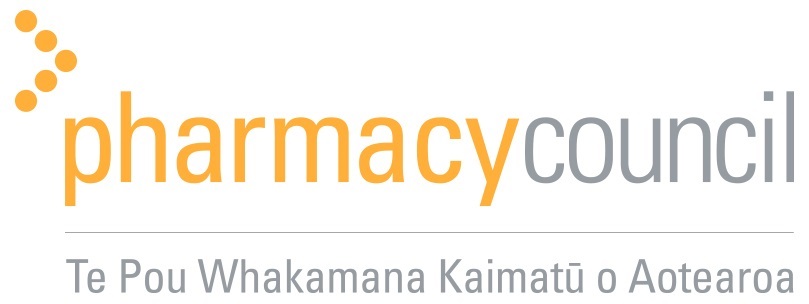The COVID-19 pandemic has shown the value of telehealth for facilitating equitable access to medicines and pharmacy services.
While face-to-face consultations are the most effective way to communicate, telehealth (including telephone, video, email, messaging services, and/or communication via an approved third party) may be a viable alternative when face-to-face communication is not possible or is not the patient’s preference.
We expect telehealth to become even more common in the future. The Ministry of Health also recognises this and has approved a telehealth bulk funding package to each pharmacy to improve their technology and telehealth capability.[2] When appropriate, patients should be offered the option of receiving services via telehealth, but they should also be made aware of the potential limitations.
Based on this, we recommend that pharmacists refresh themselves on how their professional obligations relate to the provision of telehealth. Please use the Code of Ethics, the Competence Standards, and our Statement on Telehealth and Supply of Pharmacy Services over the Internet to guide your discussions and practice.
Pharmacists must strive to provide equitable access to healthcare, but they must also only provide medicines and services if, in their professional judgement, it is safe and appropriate to do so. There may be certain circumstances when the limitations of telehealth cannot provide the level of assurance required for a pharmacist to provide safe and appropriate healthcare. In this case you should explore the options with the patient and come to a shared decision on how to access services.
Privacy and confidentially are additional issues to consider. Virtual connections should be secure from unauthorised third parties and any residual information (for example, electronic files or messages) should be stored securely.
Recommended Action Points
1. Review how your professional obligations relate to telehealth.
2. Have a team discussion on how you currently utilise telehealth to provide (or supplement) services.
3. Consider the benefits and limitations of telehealth and identify opportunities where telehealth may be appropriate to deliver services.
4. Identify how the workplace may need to adapt to provide services by telehealth.
5. Update policies and processes and ensure that team members are familiar with them.
| Relevant Code of Ethics Principles | Relevant Competence Standards |
A pharmacist…
|
|
[1] Ministry of Health. “Telehealth.” Ministry of Health. Last modified May 23, 2017. https://www.health.govt.nz/our-work/digital-health/other-digital-health-initiatives/telehealth.
[2] Ministry of Health. “Frequently Asked Questions for pharmacists – telehealth funding.” Ministry of Health. Last modified March 21, 2022. https://mcusercontent.com/9aa07f48e451c6989ec57076d/files/6e7061f5-2d1e-a7d0-532c-9395e4c0c00e/Ministry_of_Health_FAQs_for_Pharmacists_Telehealth_21Mar22.pdf.
Published 13 May 2022
